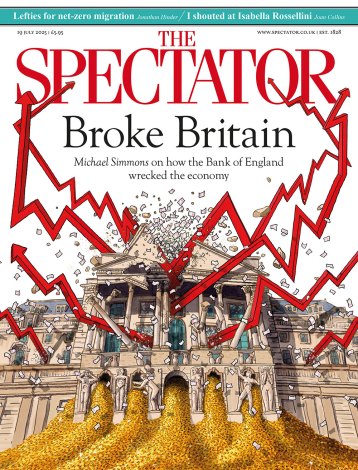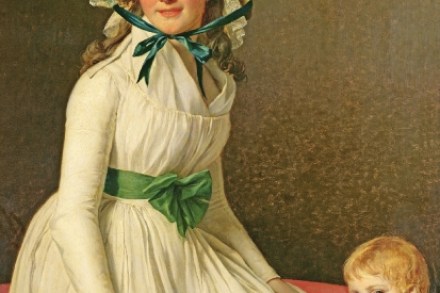The hidden history of one of the greatest treasures of the early Renaissance: Florence’s Brancacci chapel
In 1439 Abraham of Souzdal, a Russian bishop visiting Florence, was in the audience in Santa Maria del Carmine for the famous Ascension play, arranged by the members of the lay confraternity, the Sant’Agnese. Sitting in the body of the church, Abraham looked up and saw, on top of one end of the huge stone

















